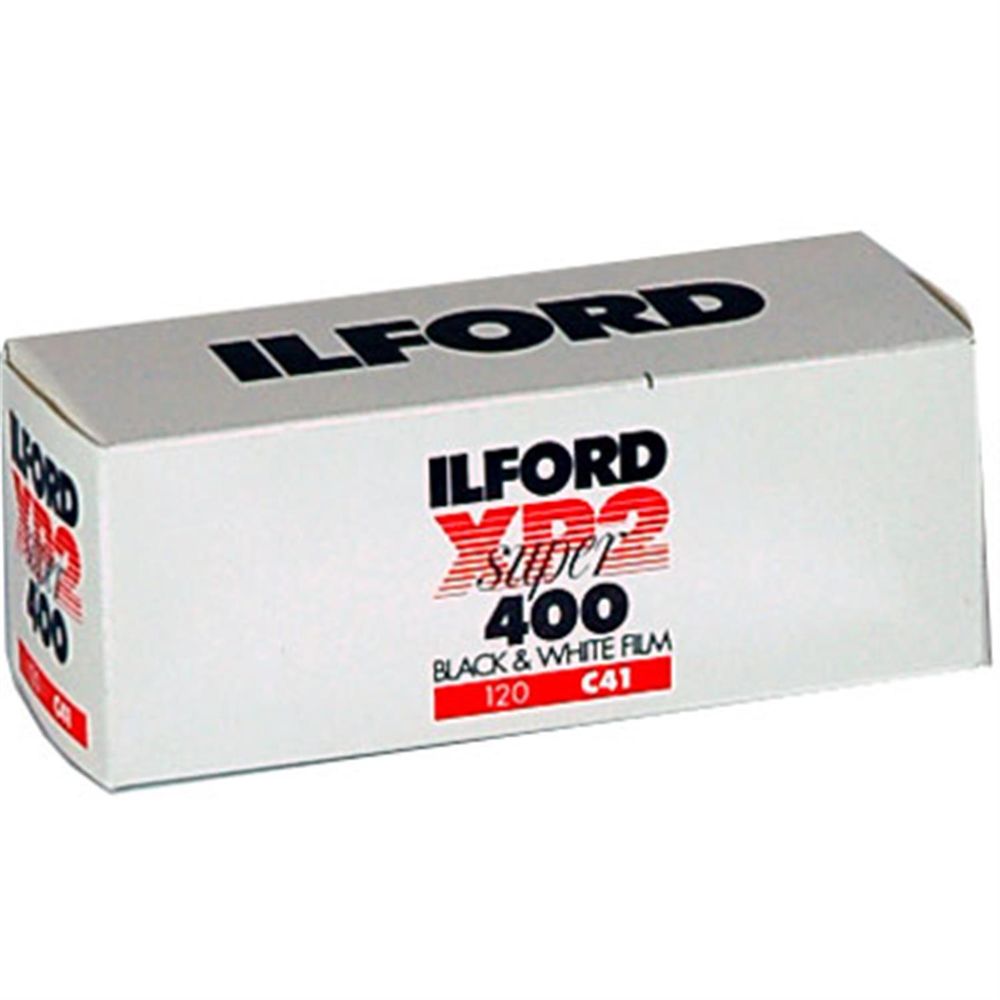

What I used is the Paterson Universal Tank with 2 reels. Some that hold only a single roll or even 8 rolls of film. I use a Patterson Changing Bag that I paid around approximately $30 for online(I've seen other brands for as low as $15).ĭeveloping Tank - There are all sorts of options available out there. So for instance, if you’re going to use a 2 liter kit - you’re going to need larger storage containers / beakers for your chemicals than what I have listed here.īefore you develop anything at all, you're gonna need a few basic things:Ĭhanging Bag - This is what allows you to load your film into the developing tank without the aid of a darkroom. I should also mention, I’m using this process with the Unicolor C-41 Powder 35mm / 120 Film Home Developer (1 liter) Kit. That’s easily solved by using a regular kitchen sous vide. The main difference is that with C-41 film, you have to worry about getting the temperature of your chemicals up to 102☏ / 39☌. And if you’ve already developed black and white photos at home you probably have almost everything you need to make the jump to C-41 color film processing. My feeling is that there can never be any substitute for real black and white films like Tri-X ,HP5 or Neopan, particularly in terms of printing, but I am glad that, even in my current circumstance, a quality black and white option is still available.This page contains affiliate links. Overall my experience of Kodak’s C41 black and white film has been an encouraging one, and I would have no trouble using it again, particularly due to the convenience of the C41 process which allows me to get it developed locally and relatively inexpensively.

I was pleased with the result, particularly as metering with an unfamiliar film in extremely high contrast situations is difficult to make exact. I would therefore frequently add an extra 1/2 a second to whatever my meter gave me for the scene. I metered using the common idea that you have more leeway with film in over-exposure than under-exposure.
#Kodak c41 black and white film series#
On an ice cold evening I went into the middle of the city, and shot a series of long exposures. At what point does the detail just fade to black in the shadows, or blow out in the highlights? In order to test this, I wanted to subject the film to one of the most high contrast situations possible night photography. The next thing that I wanted to know about the film was what the dynamic range or in film terms, the exposure latitude was like. The exposure latitude of a film is the quantity of detail that can be picked up within the range of the highlights to shadows. I therefore converted them to a black and white colour palette, which eliminated the issue. The images were still monochrome, and the effect was very subtle, but there nonetheless. One thing that I had also heard with regard to this particular Kodak emulsion, is that the images may in fact come out with a slight colouration. The images were remarkably smooth, and fine grained, particularly for a 400 asa film, and very much less contrasty than one might expect. In receiving the results back, I saw straight away that my hunch was based in reality. So the notion of a consistent black and white process has an undeniable draw. The contrast and grain of the images is also dependent, as mentioned before on the way in which the film is developed, but when you are relying on others to make that decision for you, what happens is that you end up taking what you get back. That kind of shot undeniably has its own appeal, and can look great if that is what is desired. You can see here and here, that some of the native black and white film I have used before has produced rather contrasty, grainy results. So where, with black and white film it is possible to get varying results dependant on how the film was developed, how much it was agitated and so forth, I had a sense that I would get very consistent results with the C41 film. One of the reasons why I was particularly interested in the way in which the results came out, is because the C41 process is very well established, and has very little variation, particularly in commercial development outlets. I tried the 400 speed offering from Kodak. A potential solution is to shoot one of a new breed of C41 colour process black and white films.
#Kodak c41 black and white film pro#
I should mention that in the case of necessity, it is possible to send black and white film to a pro lab elsewhere, but this can take anywhere in the region of two weeks, and cost more, making it impractical. I have had to adapt to some differences, the core of which is that there are no pro photo labs, and this means no black and white film development. Since settling in to my study city of Bath, a few things have changed with regard to my film shooting habits.


 0 kommentar(er)
0 kommentar(er)
